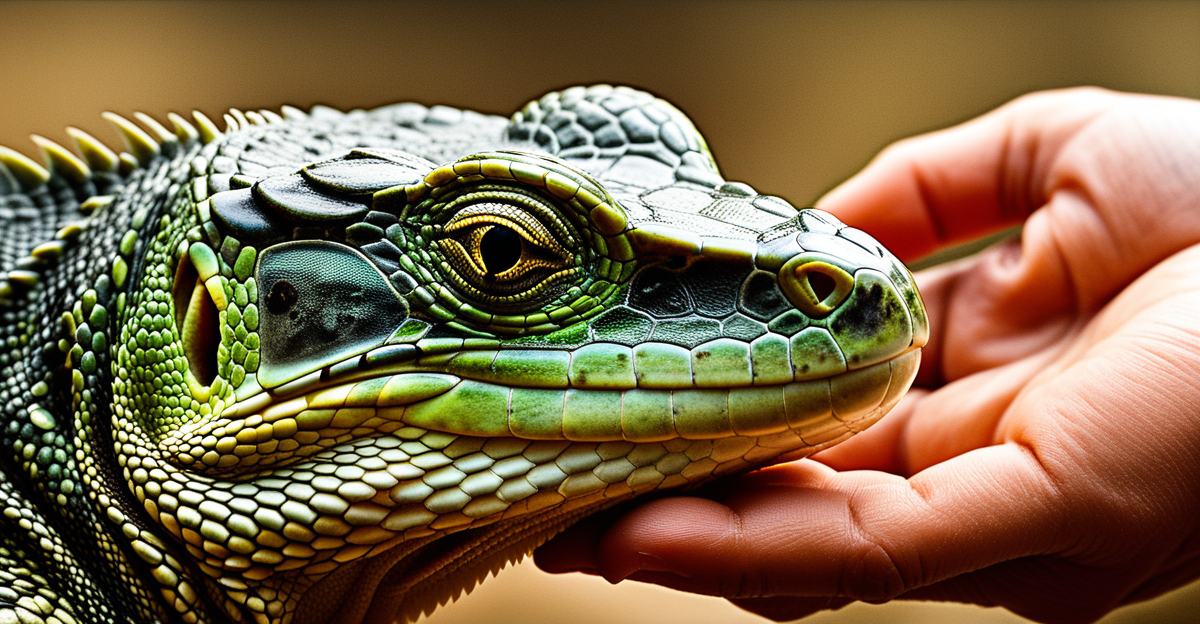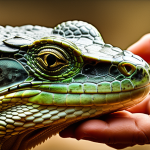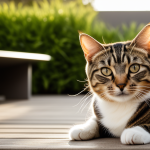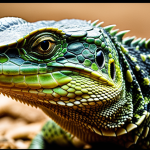Identifying Warning Signs of Dehydration in Reptiles
Recognizing dehydration in reptiles can be crucial for their health and well-being. One of the most noticeable signs is a change in their skin condition, where the skin may appear dry or wrinkled. Loose skin is a significant dehydration symptom, especially if it doesn’t snap back into place when gently pinched.
Additionally, observing behavioral changes can be enlightening. Reptiles might become lethargic or less active than usual, showing a clear indication of distress. They may also exhibit sunken eyes, an alarming feature that needs immediate attention.
Sujet a lire : Conquering Lyme Disease in UK Horses: The Ultimate Diagnostic and Treatment Handbook
Regular health assessments play a vital role in detecting dehydration symptoms early. By frequently checking your reptile’s physical condition and monitoring their behavior, you can prevent severe dehydration problems.
Understanding these reptile dehydration signs and seeking veterinary advice if these symptoms occur can make a significant difference. Frequent interaction with your pet not only strengthens your bond but also enhances your ability to recognize anything unusual that could indicate dehydration. Keeping a close eye on these dehydration warning signs ensures a healthier life for your scaly companions.
A lire également : Dehydration in Reptiles: Key Indicators and Proactive Tips for a Healthy Environment
Habitat Conditions to Prevent Dehydration
Creating an optimal habitat is essential for preventing dehydration in reptiles. Maintaining proper humidity levels is crucial, as different reptile species have varying requirements. For instance, tropical reptiles often require humidity levels between 60 to 80%, while desert species thrive at lower levels, typically around 20 to 30%. It’s vital to adjust these levels based on your reptile’s natural habitat.
The impact of temperature control on hydration cannot be underestimated. Reptiles are ectothermic, meaning their body temperature, and consequently their bodily functions like hydration, heavily depend on the external environment. Proper heating and lighting setups ensure that reptiles can thermoregulate efficiently, promoting better hydration.
Here are some best practices for habitat setup to maintain moisture:
- Use substrates that retain moisture, such as coconut coir or sphagnum moss.
- Install a hygrometer to monitor humidity consistently.
- Provide water bowls large enough for reptiles to submerge if needed.
Adhering to these practices supports the health of your reptile by encouraging the development of a well-balanced and hydrated environment tailored to their specific needs.
Care Practices for Ensuring Hydration
Maintaining a reptile’s hydration is vital for their overall health. Reptile care tips involve varied hydration methods and appropriate water sources. Depending on the species, reptiles may require different water forms such as bowls, misting, or drippers. For instance, chameleons often prefer drip systems mimicking rainfall, whereas tortoises may benefit from regular soaks and accessible water bowls in their enclosures.
Monitoring hydration practices is crucial. Implement a hydration schedule that aligns with your specific species’ needs, adapting when necessary. Regularly assess water intake and signs of dehydration symptoms, such as dry skin or decreased activity, and adjust your approach accordingly.
Consistent maintenance is also essential. Frequency of water changes should be determined by factors like climate and container type. Ensure that water is fresh and containers are clean to prevent bacterial growth. Simple practices, such as using dechlorinated water or adding supplements to boost hydration, can greatly enhance your reptile’s well-being. By prioritising these care methods, you ensure that your scaly friend stays hydrated, active, and healthy.
Visual Aids: Charts and Images of Dehydration Signs
Using visual aids can significantly enhance your ability to recognize dehydration early in reptiles. Such materials bridge the gap between theory and practical understanding by offering tangible insights into reptiles’ health indicators. For instance, charts that illustrate hydration levels provide clear contrasts between healthy and dehydrated states.
Sample charts can showcase physical features commonly affected by dehydration. These may include diagrams highlighting normal skin elasticity versus the loose, wrinkled skin that indicates dehydration. Visual depictions of sunken eyes can also serve as vital references, providing easily understandable examples of this concerning symptom.
Images can also play a critical role. Comparing pictures of healthy reptiles with those showing dehydration signs offers a direct visual comparison, enabling quicker assessments. Such images can help reptile enthusiasts understand what typical dehydration symptoms look like.
These visual tools not only assist in determining hydration issues but also educate reptile owners on key aspects of reptile care. Informed awareness facilitated by charts and images empowers owners to confidently make decisions about their pets’ hydration needs, thus ensuring well-being and improved health outcomes for their scaly companions.
Frequently Asked Questions about Reptile Dehydration
Understanding reptile dehydration can be challenging. Here, we address some frequently asked questions to clarify common concerns and provide expert advice.
What are the common misconceptions about reptile hydration?
A frequent misconception is that reptiles don’t need much water. While some species thrive in arid environments, proper hydration is still crucial. It varies depending on their natural habitat, emphasizing the need for species-specific hydration methods.
How can I ensure my reptile is properly hydrated?
Experts suggest observing behavioral changes and physical conditions closely. Regular checks ensure early detection of dehydration symptoms like sunken eyes or lethargy. Use suitable water sources like misting systems, which mimic natural water availability, to maintain appropriate hydration levels.
Where can I find more information on reptile healthcare?
Resources such as veterinary guidance and reputable pet care websites offer invaluable insights. Consulting experts helps in understanding specific needs related to reptile hydration. They provide tailored advice on maintaining your pet’s well-being, ensuring a healthy, hydrated environment for your scaly friend.











